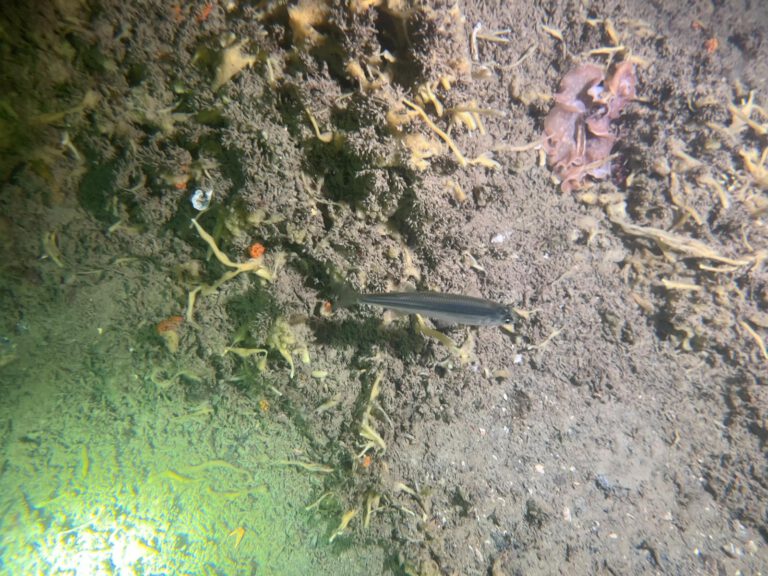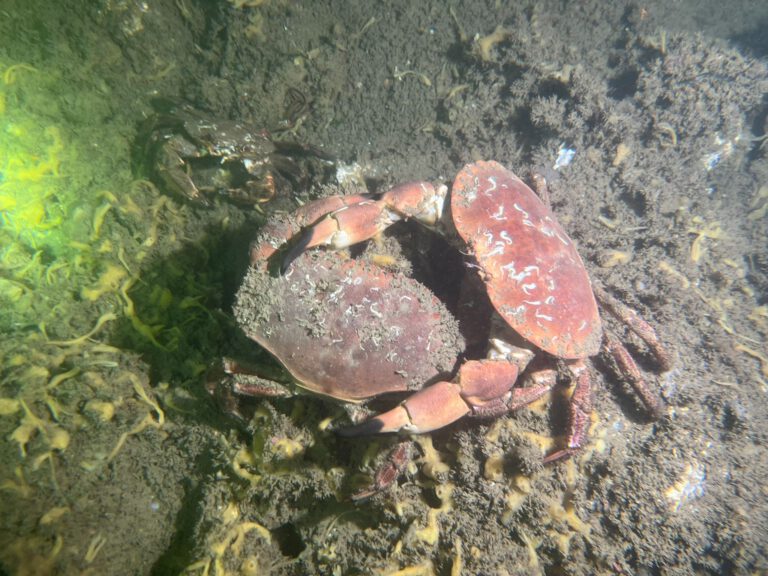Common Hermit Crab (Pagurus bernhardus)

Common Hermit Crab (Pagurus bernhardus) - Heremietkreeft
Taxonomy: The Common Hermit Crab belongs to the Paguridae family. This family includes various hermit crab species. They are characterized by their soft abdomens and use of shells for protection.
Species: There are over 1,100 hermit crab species worldwide. Pagurus bernhardus is commonly found in European waters.
Reproduction: Hermit crabs reproduce by releasing eggs into the water. The eggs hatch into larvae and drift in the ocean until they settle.
Habitat: Common Hermit Crabs inhabit shallow coastal waters. They are often found in sandy or rocky environments. They prefer areas where they can easily find shells.
Diet: These crabs are omnivores. They feed on detritus, algae, and small invertebrates. They scavenge for food, helping to clean their environment.
Conservation: Hermit crabs are not endangered. However, habitat loss and pollution can impact their populations. Awareness and responsible collecting are essential for their preservation.
Unique Anatomy: Hermit crabs have soft bodies that require protection. They inhabit shells from other mollusks. As they grow, they must find larger shells.
Color Change: Common Hermit Crabs can change color to blend in with their surroundings. This helps them avoid predators.
Lifespan: In the wild, hermit crabs can live for up to 30 years. Their lifespan depends on species and environmental conditions.
Common Hermit Crab: The Resourceful Scavenger of the Sea
The ocean is home to many fascinating creatures. Among them is the Common Hermit Crab. This unique crab is more than just a soft-bodied scavenger. Its resourcefulness and adaptability make it a vital part of the marine ecosystem.
What is a Common Hermit Crab?
The Common Hermit Crab (Pagurus bernhardus) is an interesting marine animal. It is known for its soft abdomen and reliance on shells for protection. Unlike many crabs, hermit crabs do not have a hard shell. Instead, they inhabit shells discarded by snails. This adaptation helps them survive against predators.
Common Hermit Crabs are typically found in shallow coastal waters. They prefer sandy or rocky environments. Here, they can easily find shells and food. Their ability to blend into their surroundings provides extra protection.
A Day in the Life of a Hermit Crab
Hermit crabs are scavengers. They roam the ocean floor in search of food. Their diet consists of algae, detritus, and small invertebrates. This diet makes them essential for keeping the ocean clean. They help control algae growth and contribute to nutrient cycling.
Hermit crabs are not strong swimmers. They prefer to crawl on the ocean floor. They use their claws to dig and explore. Their movement allows them to find food and suitable shells.
Unique Reproduction: A Marine Mystery
The reproduction of hermit crabs is quite unique. Females release eggs into the ocean. These eggs hatch into tiny larvae that drift in the ocean currents. This process ensures genetic diversity and survival. After a few weeks, the larvae settle and grow into adult crabs.
Ecological Role: Clean-Up Crew of the Ocean
Hermit crabs play an essential role in their ecosystem. They are scavengers that help keep the ocean clean. By feeding on decaying matter, they recycle nutrients back into the environment. Their presence supports a healthy ecosystem.
While not currently endangered, hermit crabs face threats from habitat loss and pollution. Responsible collecting and habitat protection are crucial.
Conclusion
The Common Hermit Crab is a fascinating creature of the sea. Its unique adaptations, scavenging habits, and vital ecological role deserve recognition. Next time you explore the shoreline, take a moment to appreciate these resourceful crabs. They are small but significant contributors to the health of our oceans.







